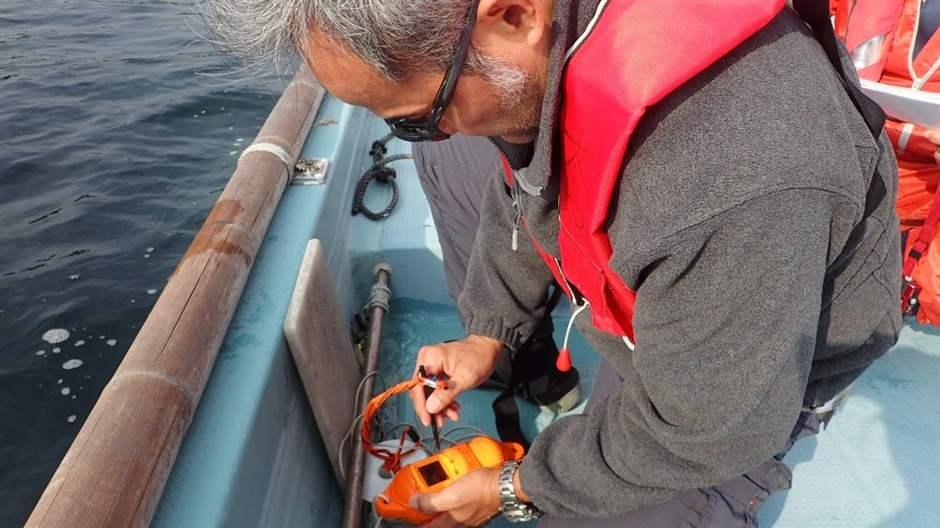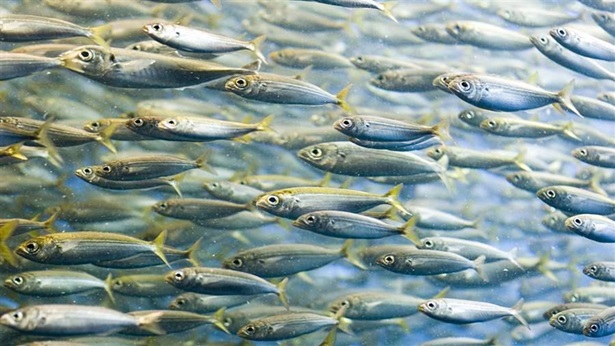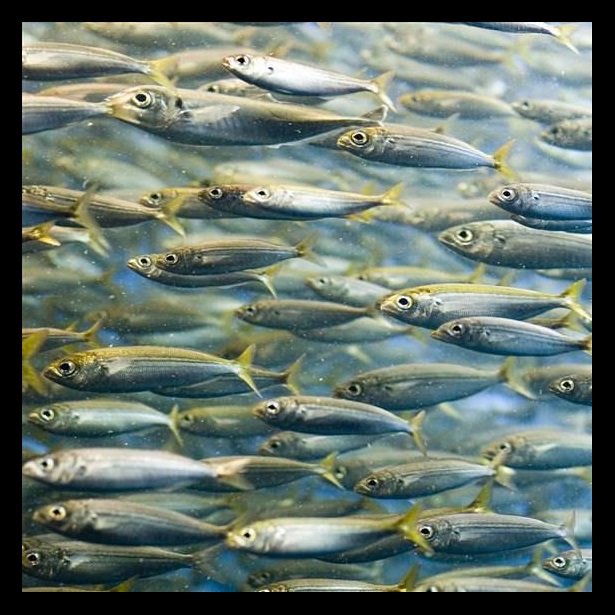To Increase the Impact of Science, Researchers Should Partner With Decision-Makers
Collaboration can boost chances that policy is grounded in evidence

“If only they had paid attention to the science!” That’s a frequent complaint from researchers in reference to decision-makers who establish rules or policies that do not seem to follow the best available scientific evidence. So what can researchers do to have their hard work reflected in public policy?
That question took center stage at a panel discussion I moderated at Arizona State University’s Consortium for Science, Policy & Outcomes on Oct. 9.
A key recommendation: Scientists should engage with decision-makers and stakeholders from the outset of their projects. That increases the chance that the research will address the most pressing or relevant issues and that the decision-makers, in turn, will trust the research.
One way for researchers to engage is to collaborate with the people most likely to use their findings, said panelist Roger Pielke Jr., a political scientist and professor at the Center for Science and Technology Policy Research at the University of Colorado, Boulder. Pielke cited a landmark 2007 paper he wrote suggesting that such partnerships can result in decision-makers being more willing and able to use scientific results.
Panelist Elizabeth McNie of the California State University Maritime Academy agreed. “The users need to be engaged in the science process in order to improve the likelihood that the research produced is useful and usable,” she said.
These approaches to research contrast with the more traditional “linear model,” in which scientists decide what to study and pass the results on to others, according to another panelist, Ryan Meyer of the University of California, Davis. He said researchers are increasingly focusing on the need to address questions that are critical to decision-makers and society rather than justifying science based on the value of knowledge it yields for its own sake.
In my remarks, I pointed out several ways in which The Pew Charitable Trusts has been putting these concepts into practice to maximize the impacts of our research investments. One example is the Lenfest Ocean Program, which is managed by Pew and makes grants for policy-relevant research. This program uses the concepts behind Pielke’s work to identify research needs and ways to meet them, including supporting engagement between researchers and decision-makers.
And Pew has found ways to use this approach to help its grantees achieve conservation goals— for example, by organizing intensive workshops for Pew marine fellows, who work through a series of exercises to strengthen the links between their fellowship research and conservation decisions.
Finally, through Pew’s efforts to ensure research projects have an impact, we’re continuing to build on our previous efforts to create closer relationships between scientists and policymakers. This work includes identifying what has proved effective in practice and convening leading scholars and practitioners to continue to strengthen these connections.
Angela Bednarek is a project director for environmental research and science with The Pew Charitable Trusts.














